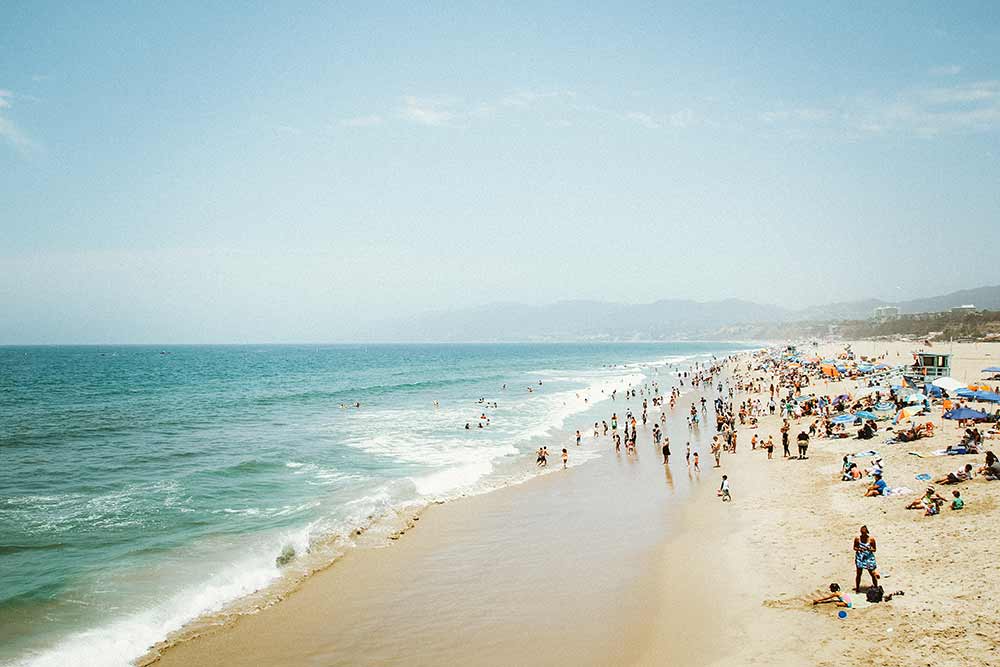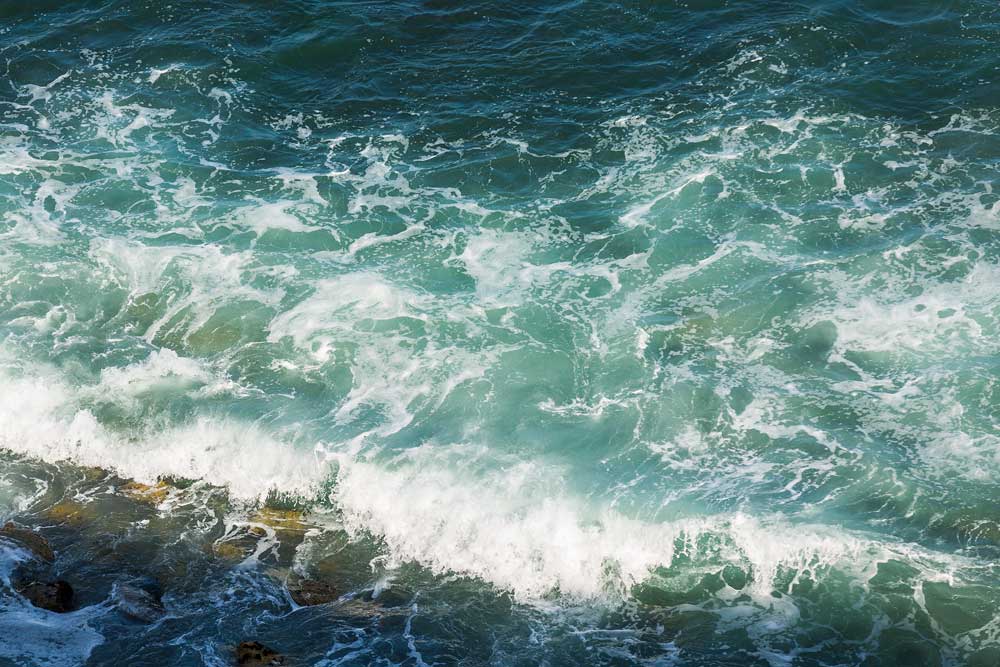Just beyond our coastal campus, the Santa Barbara Channel teems with life. Home to acres of giant kelp forests and a diverse cast of marine species, the expanse of ocean between California's southern coast and the Channel Islands is among the most biologically rich ecosystems on Earth. It's a living laboratory for research and discovery — and UC Santa Barbara scientists across myriad disciplines are taking full advantage. The stories here highlight some of those projects, exploring topics from marine protected areas to climate change to aquaculture and more.

A Strong Foundation
The health of foundation species promotes the stability of the ecosystems that depend on them.

Nautical by Nature
Part of the reason why UCSB’s marine research is so successful is due to the behind-the-scenes expertise and support from dedicated staff, who also happen to have some of the coolest jobs around.

Preparing for the Future
What will the Santa Barbara coast look like in the decades to come? How can cities prepare for events such as sea level rise and erratic weather patterns brought about by climate change? A new multidisciplinary study aimed at city planners and beach managers examines impacts and provides options for adaptation.

Mic Drop
The Santa Barbara Channel hosts a Great Migration of whales every year. It’s also a highly trafficked shipping route. Whales and cargo ships don’t mix, so in an effort to keep the majestic creatures and enormous vessels from colliding, researchers have embedded acoustic equipment in the channel to monitor whales via their songs and calls.

Rockweed Rescue
A project to restore rocky intertidal seaweed — a foundation species that enables survival of limpets, crabs, barnacles, snails and more — will see rockweed transplanted from locations where they’re abundant to sites where they're not. The effort to boost coastal diversity will involve drone surveys, genetic testing — and a lot of waiting.

Beach Urbanization
Some of Southern California’s most iconic and popular beaches have lost most of their biodiversity due to impacts on the larger beach ecosystem, as well as erosion, sea level rise and declining health of the surrounding ocean and coastal ecosystems.

Marine Census
With vast and varied expertise — and several sizable grants — UC Santa Barbara researchers are collaborating on multiple projects to monitor the health and biodiversity of marine protected areas along the California coast.

Testing the Waters
Researchers used mussels as a model — and analyzed decades’ worth of data — to reveal the influence that long-term climatic cycles can have on marine aquaculture. The work will be repeated for other species, and could elucidate the impact of global climate change on mariculture.

In Search of N2
How does kelp in Southern California keep growing through the summer despite an absence of nutrients when the currents shift and temporarily cease delivery? Ecologists have now identified invertebrate residents of kelp forests and reefs as a source of nutrients — an important breakthrough.

Undersea Stability
Examining the factors at play in the understory of giant kelp forests in the Channel, researchers find that biodiversity stabilizes kelp forest ecosystems far more than expected. Their study was one of the first to analyze the combined effects of different population levels on stability.

Rigs to Reefs
As oil rigs extract hydrocarbons from deep beneath the sea, they undergo a transformation invisible from above the waves, as the ocean claims the platforms’ substructures for vertical reefs, home to millions of individual plants and animals. Researchers are studying the ecology and pragmatics of transitioning decommissioned rigs into permanent reefs.



